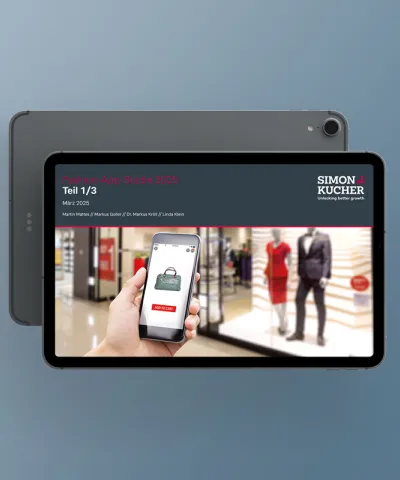Far from creating a world free of vehicle emissions, our 2022 Global Automotive Study found that COVID reinforced pre-pandemic consumer habits. The US Automotive Team explains this phenomenon and what to expect from consumers in the future.
In the United States, almost half of the consumers surveyed say they don’t plan to change their car usage as compared to pre-COVID. This is a drastic change from the early days of the pandemic when news quickly circulated that lockdowns were changing driving habits, drastically reducing carbon emissions.
This idea left many people with an optimistic environmental outlook due to the apparent positive impact of reduced fuel emissions. The thought (and hope) was that the pandemic would be the catalyst for long-term change regarding our transportation habits. Fast forward two years, consumers are driving and purchasing cars as they used to, and the mobility and travel industries are impacting the environment in similar ways to pre-2019.
When we asked consumers about their choice of transport pre- and post-pandemic, we saw a surprising similarity in the before and after spread among different modes of transport (including car sharing, ride sharing, car rentals, scooters, bikes, etc.). The most favored transportation option, which remained unchanged in popularity, was owning or leasing a car, making up around 65 percent of respondents.
Meanwhile, for car sharing options such as Zipcar and Getaround, only 5 percent of consumers thought about making this their main mode of transport. Additionally, ride sharing apps, such as Uber and Lyft, aren’t as popular as they were a couple of years ago. In fact, only around 3 percent selected ride sharing as their main mode of transport. It’s clear, therefore, that consumers see these options as occasional choices to other primary modes of transport.
To many, the pandemic may have even highlighted the benefits of owning a car regarding safety, flexibility, and non-reliance on others. Moreover, the trend to move from major cities during and post-pandemic meant that a lot of people no longer had easy access to public transport and were therefore more reliant on purchasing a personal car. This is indicated by an all-time high of car sales in the US in early and mid-2021, after a significant dip at the start of COVID.
Almost half of the US consumers surveyed in the global study indicated that they don’t plan on changing their car usage. Of the consumers surveyed that do want to change their car usage there is a slight preference toward reducing it, rather than stopping it completely.
Consumers are willing to change their habits slightly but drastic shifts, like completely cutting out personal car usage, are unpopular. Some consumers also indicate that they plan on increasing usage, suggesting that the pandemic may have convinced them to either buy a new car or more frequently use their existing personal car.
Overall, car ownership doesn’t appear to be going anywhere. People own cars because they like owning cars. The bigger question now is, what kind of cars will they own going forward, and how will the proliferation of new technology potentially shift the landscape of ownership?
Feel free to contact our authors to find out the answers to these questions and help you better understand future consumer trends in the automotive industry.
As we emerge from a global pandemic, understanding consumer habits is crucial to success. Download our 2022 Global Automotive Study and get insights on consumer interest and sentiment toward car-ownership and mobility habits.








